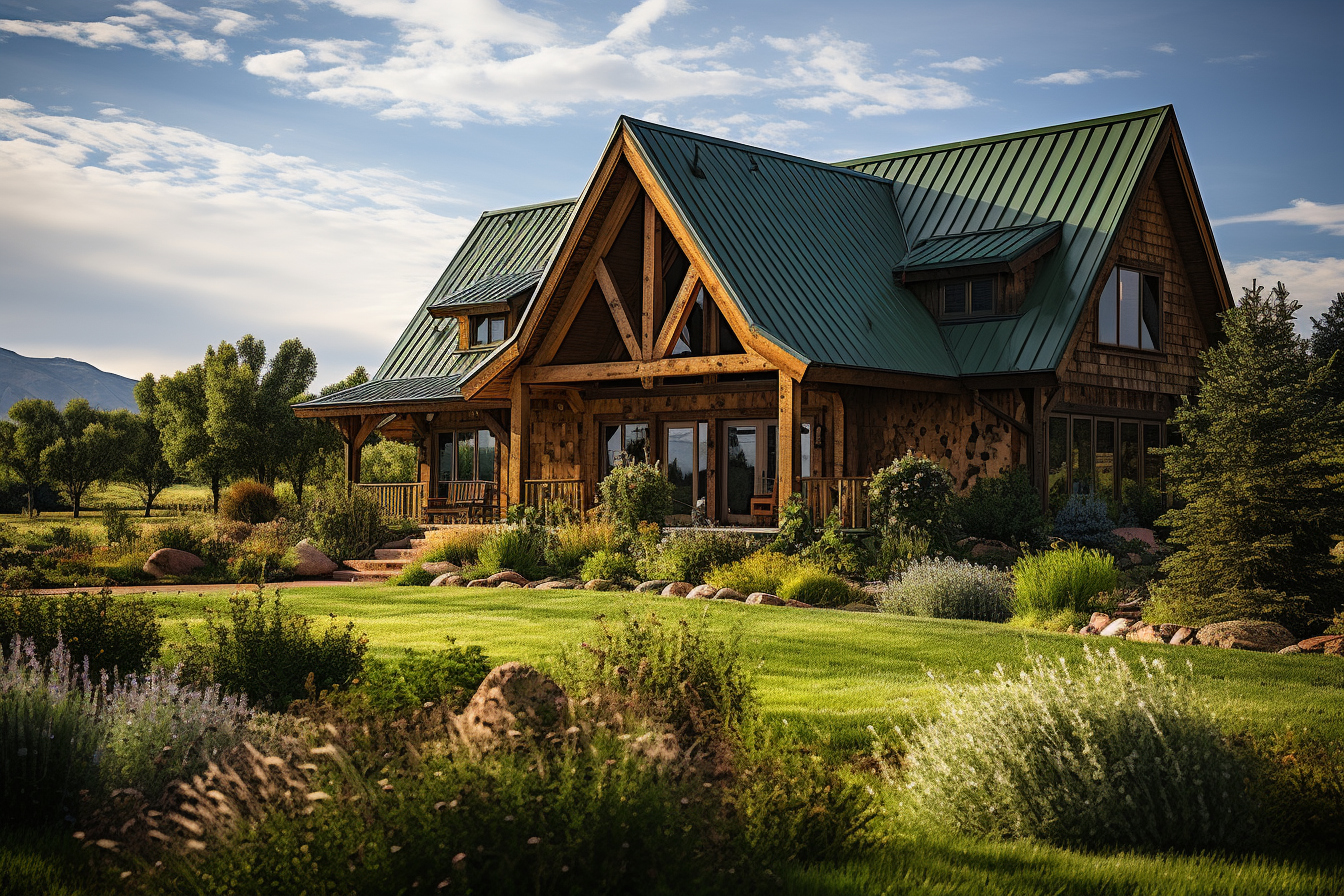When it comes to investing in real estate, the rural area is often neglected in favor of urban excitement. However, choosing to invest in rental property in a rural area can be a smart and lucrative move. The picturesque landscapes, calm and a more peaceful way of life attract more and more city dwellers looking for a breath of fresh air. Let’s explore together the keys to a successful rental investment in rural areas.
Understanding the advantages of rural investment
Properties in rural areas often offer more space at more affordable prices than those located in urban or peri-urban areas. This represents a considerable attraction for families or individuals wishing to benefit from more moderate rental rates, without going completely out of town.
The framework of life is also a determining factor: the proximity to nature, the ambient calm, and the low population density constitute real arguments to attract potential tenants. Accessibility to local products and participation in a rich community life are all elements to be valued.
Identify the strategic location
The success of your rural rental investment lies mainly in the choice of location. Looking for areas with existing or growing rental demand is essential. Target villages near cities to ensure your tenants have easy access to essential services such as supermarkets, schools, or health centers.
Connectivity is also a criterion not to be underestimated. With the development of teleworking, many professionals are looking to move away from urban centers, provided they have a good internet connection. So make sure that the chosen area has high-speed Internet technology.
Market research, a key approach
Before making a purchase, careful market research is required. Analyze rental demand in terms of desired rental size and type. Is the local market saturated with large homes or is there a shortage of smaller homes? Who are the typical tenants: families, retirees, seasonal workers? These questions are essential to correctly target your investment.
Also include in your study an overview of rental prices and growth forecasts for the area. Digital tools and local real estate professionals can help you with this analysis.
Profitability: an essential criterion
Analyzing the profitability of a property is essential to ensure that your investment is profitable. The rental yield, which calculates the ratio between the annual rent and the purchase price of the property, must be high enough to cover costs and generate a margin.
It is also vital to take into account additional costs: notary fees, property taxes, insurance, maintenance and possible co-ownership charges. Remember to find out about financial aid, such as certain subsidies for renovation or tax schemes favorable to rural areas.
Finance your investment
Establishing a solid and appropriate financing plan is a decisive step. Home loan options are varied and it is wise to compare offers to get the best interest rates. Incorporating your personal contribution into the initial financing can also reduce the cost of credit.
Do not hesitate to call on a broker to help you negotiate with the banks. This is a good way to benefit from your network and expertise to optimize your loan.
The importance of rental management
Efficient and rigorous rental management is the guarantee of a long-lasting investment. You can opt for direct management if you have the time and skills. Otherwise, delegating this task to a real estate agency can be a good solution.
The quality of the relationship with tenants is fundamental. Fluid communication and regular monitoring of rents and the condition of the rental property allow you to build a relationship of trust and avoid rental vacancies.
Facing challenges and securing investment
Rural areas are not exempt from challenges: uneven demographics, sometimes limited services, variable attractiveness depending on the season. To secure your investment, consider diversification, such as offering seasonal or short-term rentals in addition to traditional rentals.
Having good rental insurance in place is also essential to cover you against the risks of unpaid rent or damage to the property.
Investing in rental property in a rural area can be a wise and profitable move in the long term. By scrupulously analyzing the market, strategically targeting the location, studying the profitability prospects, preparing a solid financing plan, and rigorously managing the rental, you will build the foundations of a successful investment. Rurality is no longer a frontier for the informed investor, but an opportunity to build real estate assets that are enriching in many ways.












